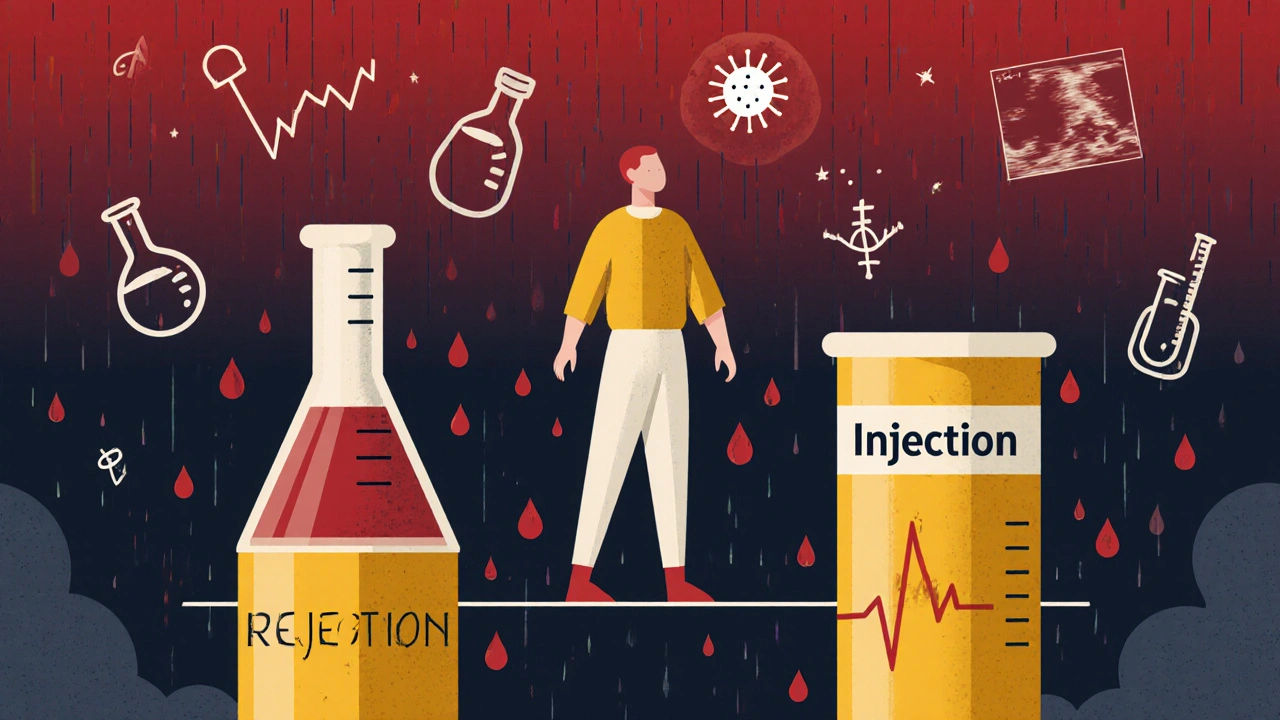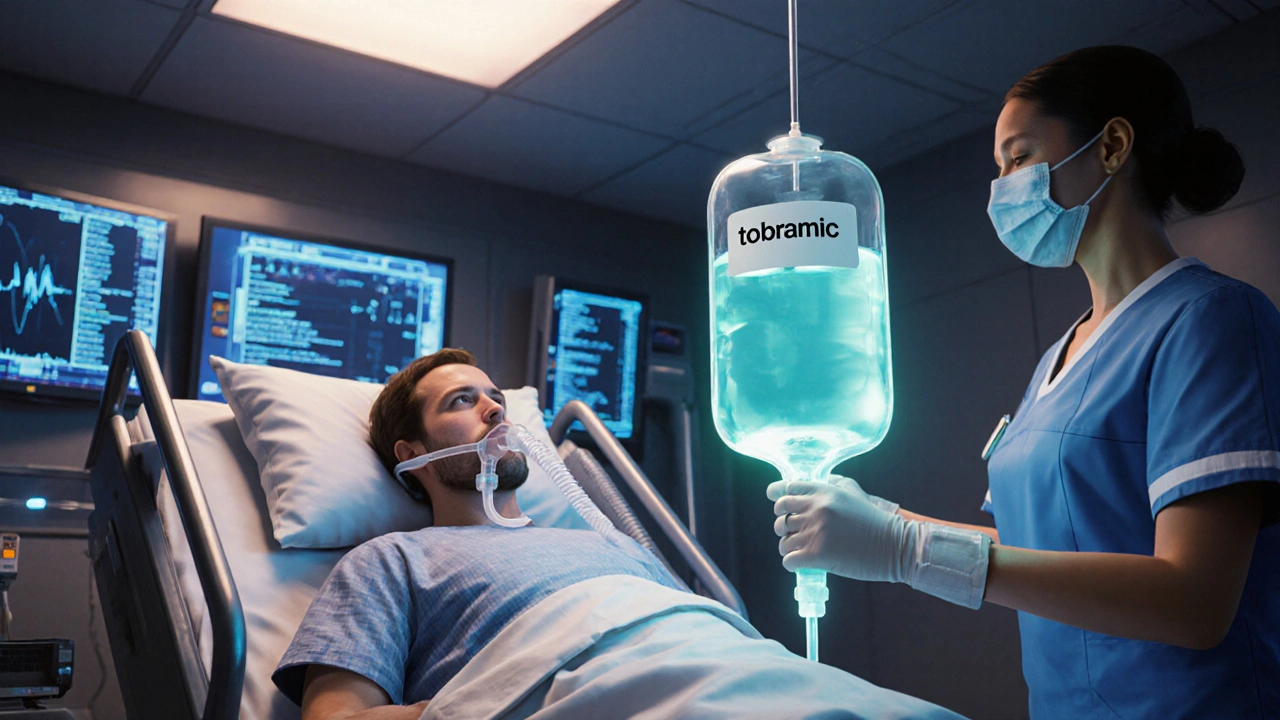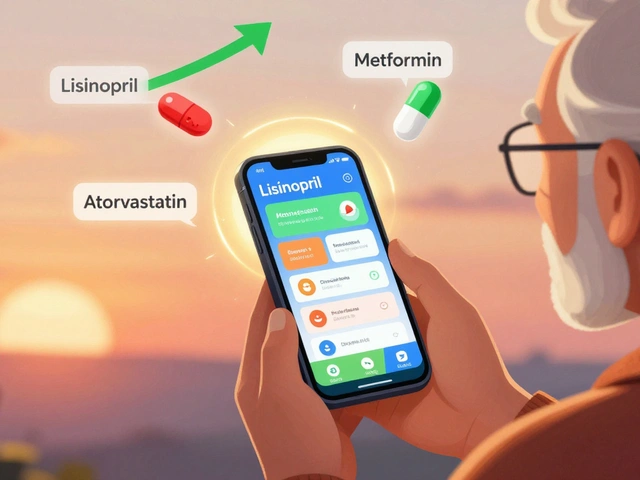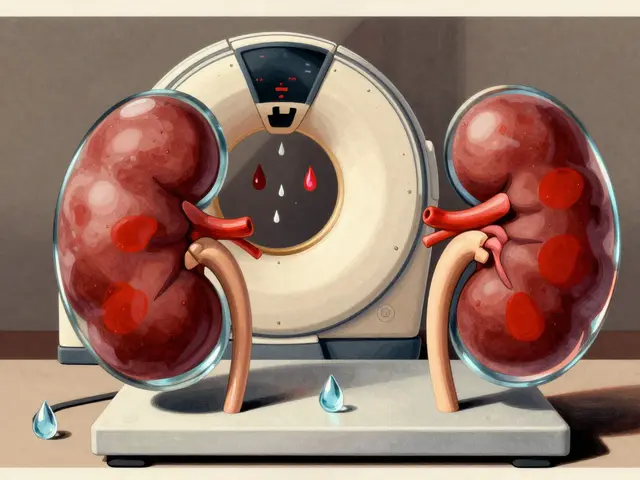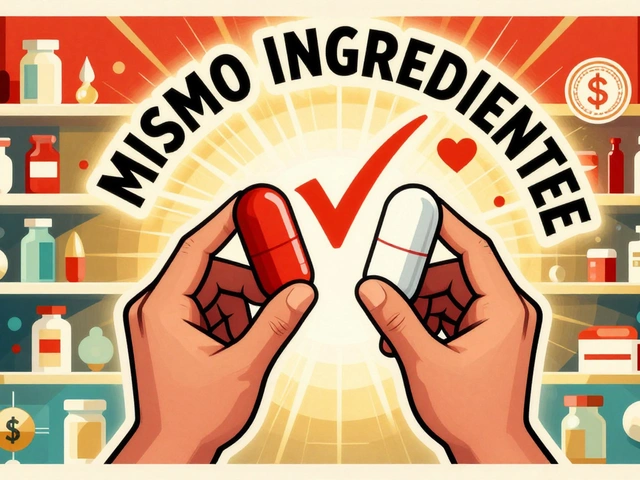Therapeutic Drug Monitoring: What It Is and Why It Matters for Your Medications
When you take a medicine, your body doesn’t always process it the same way as someone else. That’s where therapeutic drug monitoring, the process of measuring drug concentrations in your blood to ensure they’re in the safe and effective range. Also known as TDM, it’s not just for hospital patients—it’s used daily to fine-tune treatments for epilepsy, depression, heart conditions, and more. A pill might look the same, but if your liver breaks it down faster or slower than average, you could be underdosed—or at risk of toxicity.
This isn’t guesswork. Doctors use blood tests, lab measurements that track how much of a drug is circulating in your system at a given time to make real decisions. For example, if you’re on lithium for bipolar disorder, a level just a little too high can cause tremors, confusion, or even kidney damage. Too low, and the mood swings come back. Same goes for antibiotics like vancomycin—too little won’t kill the infection, too much can wreck your hearing. drug interactions, when one medication changes how another is absorbed or broken down make this even more critical. Take an antifungal with a blood thinner? Your drug levels could spike overnight. That’s why TDM isn’t optional for some meds—it’s life-saving.
It’s not just about avoiding bad reactions. It’s about making sure your treatment actually works. Someone on antidepressants might feel no improvement, not because the drug doesn’t work, but because their body isn’t absorbing enough. Or maybe they’re taking it with grapefruit juice, which blocks metabolism and causes buildup. drug levels, the precise concentration of a medication in your bloodstream tell the full story. And when you’re on long-term meds like cyclosporine after a transplant or phenytoin for seizures, TDM turns trial-and-error into precision medicine.
You won’t see TDM on every prescription. But if you’re on a drug with a narrow window between effective and dangerous—like digoxin, theophylline, or carbamazepine—it’s likely being tracked. And if you’ve ever been told your dose needs adjusting after a blood draw, that’s therapeutic drug monitoring in action. It’s not magic. It’s science. And it’s the reason some people stay healthy on meds that others can’t tolerate.
Below, you’ll find real-world examples of how this plays out—from how antihistamines pile up to cause brain fog, to why some diabetes drugs need careful balancing, to how antibiotics and sleep aids can quietly change your body’s response to treatment. These aren’t theory pieces. They’re stories of people who got it right—or almost didn’t—because someone checked the numbers.

